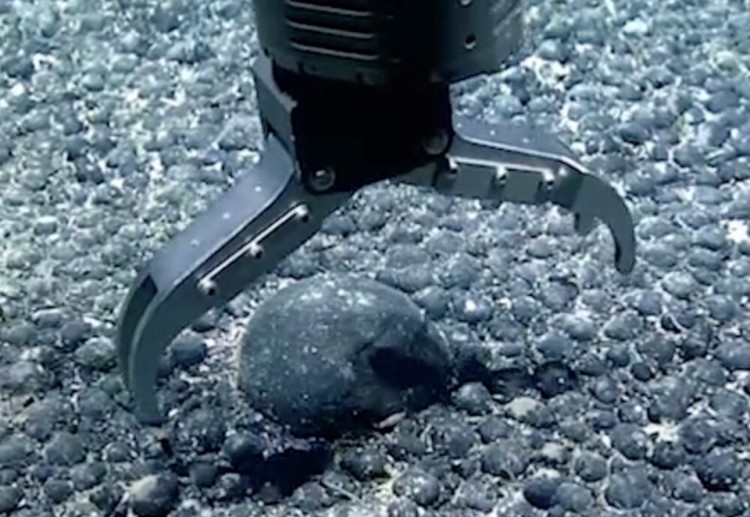China to step up deep sea mining efforts

China Daily reports that the country will make renewed efforts to join the race to mine the deep sea for critical minerals.
The English language government-run paper says China lags behind the West in terms of research, technology and hardware for seabed mining which it calls “a new frontier for international competition.”
Ye Cong of Wuxi-based China Ship Scientific Research Center, a subsidiary of the China State Shipbuilding Corp, said mining the metals found in nodules on the seafloor – mainly nickel, copper, cobalt and manganese – will “help us reduce the heavy reliance on foreign suppliers”.
Ye is a member of the 14th National Committee of the Chinese People’s Political Consultative Conference, a policy shaping body, that was held last week. China Daily reports the state shipbuilding company is known for its deep sea submersibles like the Jiaolong (Sea Dragon) and the Shenhai Yongshi (Deep Sea Warrior).
Mining exemption
Last week the United Nations agreed to the first ever High Seas Treaty after more than a decade of negotiations by member states. The treaty aims to set aside for conservation around 30% of the world’s international waters and provide rules for its exploitation.
Climate Change News reports deep sea mining is exempted from environmental impact assessment (EIA) regulations established under the UN treaty, which will remain the remit of the International Seabed Authority.
ISA has been working on a framework for deep sea mining since 2014 and is set to issue its approved mining code within months.
CCN notes that the ISA accelerated the pace of negotiations after the island state of Nauru “triggered an obscure provision forcing approval by July 2023,” adding that should the agency miss the deadline, “companies could submit a request to begin full-scale mining, even without any rules in place.”
The nodules are found on abyssal plain sediments at about 3,500–6,000m water depths and the USGS expects that about 35–45% of the demand for critical metals will come from deep-ocean mines by 2065.
{{ commodity.name }}
{{ post.title }}
{{ post.date }}




Comments
W
Gee, isn’t that ..strange, that China would ..need, to resort to such ..difficult and ..expensive ..attempts, at mining for these ..Critical Minerals, as searching for them on the deep ocean’s sea-floor, when they keep continually telling everyone that they have literally got tonnes of Lithium ‘coming out of their ears’ because they have so much of it..? ??. This deep sea Mining plan, seems like an ..awful lot of additional ..cost, and ..effort, to go to, ..IF, you are ..already ..rolling in, all of this stuff…?? ??????????